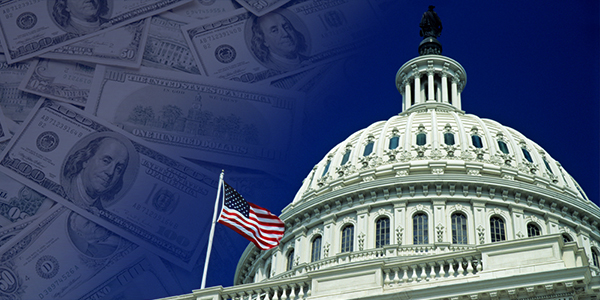Who Could Be the Biggest Losers if Obamacare Is Repealed? (Hint: It Won’t Be Federal Employees)

|
|
The bid to replace Obamacare cleared its first hurdle in the House of Representatives. It now faces an uncertain fate in the Senate.
You may already know what the proposed bill will or will not do, given widespread media coverage. So instead of talking about that, I will share the latest health data analysis results to give you some insight on the potential winners and losers.
In my comparison, I analyzed three major types of health insurance:
Group – Offers coverage through an employer sponsored health plan
Individual – Coverage obtained by individuals on their own, and
Federal Employee – Coverage provided by the U.S. government to its employees, Congress, and their families.
The data analysis included 2016 financial filings from more than 1,600 health insurance providers. Medicaid and Medicare were not included in this analysis.
As of Q4 2016, there were an average of 54.2 million Americans under the three coverage types. Group accounted for 58.8% of the total with 31.9 million policies. Individual coverage included 14.9 million policy holders representing 27.4%. And federal employee benefits were at 7.5 million, representing 13.8%.

Over the last five years, the number of people under group coverage declined 25.9%. Individual enrollment increased a whopping 78.7%, while the federal employee numbers rose 7.5%.
As for costs, the graph below shows an upward trend in premiums for all three types of coverage, with individual increasing the most.

Specifically, the average monthly premium for a federal employee in Q4 2016 was $406.88, up 14.4% from $355.74 five years ago. Group premiums were $407.11 at the end of last year, up 23% from $330.90 over the same period of time. People with individual policies saw the steepest increase since the end of 2011. Their monthly premiums went up by 55.2%, from $220 per month in Q4 2011 to $341.37 by the end of 2016.
So the data indicates an increase in premiums for all three groups. But Congress and government officials deciding the fate of the entire nation’s health care system all qualify for federal employee coverage — the coverage with the lowest premium increase over the last five years. It’s possible that it will not see any major changes, providing continuous and uninterrupted coverage.
The bottom line is that people who receive comfortable government benefits don’t have as much skin in the game when it comes to the end-result of the newly proposed healthcare bill.
Their situation could remain relatively unchanged while other Americans, especially the ones with pre-existing conditions, could see an increase in health costs. Even if the premiums don’t change much, other out-of-pockets costs, such as co-pays, co-insurance, and deductibles will have an impact on everyone.
Think Safety,
Gavin Magor
Insurance Insights Edition, By Gavin Magor, Senior Financial Analyst Gavin has more than 30 years of international experience in credit-risk management, commercial lending and insurance, banking and stock analysis and holds an MBA. Gavin oversees the Weiss ratings process, developing the methodology for Weiss’ Sovereign Debt and Global Bank Ratings. Gavin has appeared on both radio and television, including ABC and NBC as an expert in insurance, bank and stock ratings and has been quoted by CNBC, The New York Times, Los Angeles Times, and Reuters as well as several regional newspapers and trade media. |



